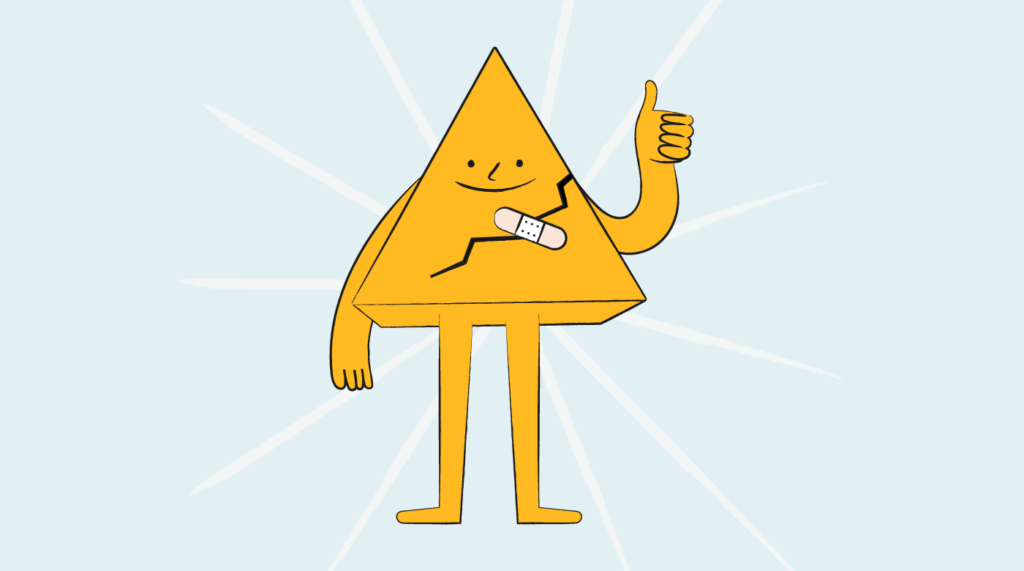We love to talk about the success stories of famous startups or tech giants and try analyzing everything that they did well to reach great heights.
We do forget, however, that around 90% of all products fail within the first 5 years of their existence, and it is equally important to understand the reasons they underperformed in order to avoid this fate for our own products.
With this in mind, I've compiled a list of famous product flops, analyzed the reasons they failed, and pointed out the main takeaways to keep in mind as a product manager or entrepreneur.
Failure #1: Apple Newton
When we talk about smartphones, the first product that comes to our minds is, of course, the iPhone. My brain, in particular, associates the word “smartphone” with this image.
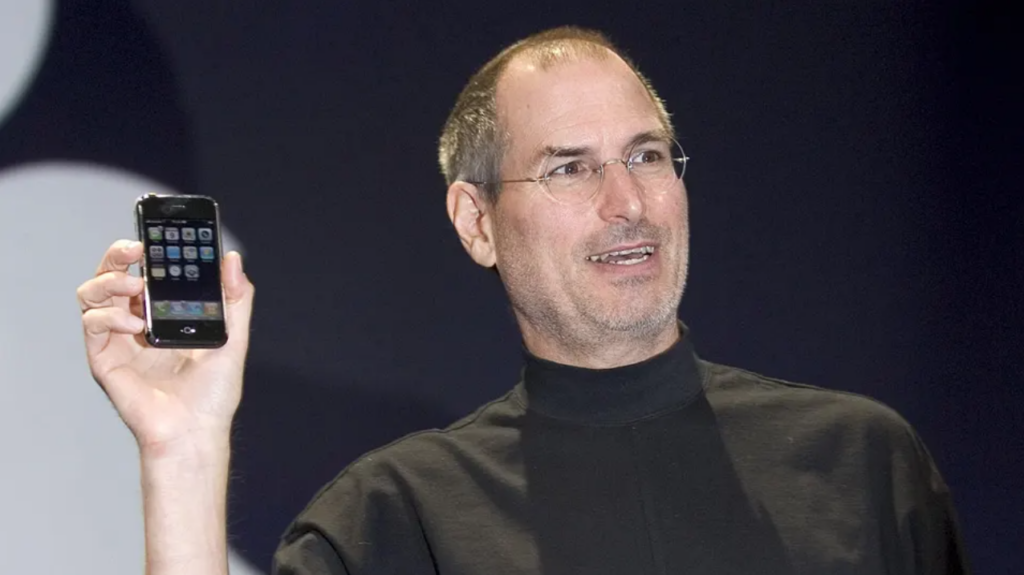
It’s the great visionary Steve Jobs and his most successful product. But did you know that Steve Jobs launched failed products, too?
One of them was the Apple Newton. It was a line of personal digital assistant (PDA) products that Apple launched in the early 90s. It was the era of primitive cell phones with tiny screens and barely any functionality apart from making calls.
Newton, on the other hand, had a touchscreen interface (!!) and came with a wide series of features, including a full-fledged organizer and a calculator.
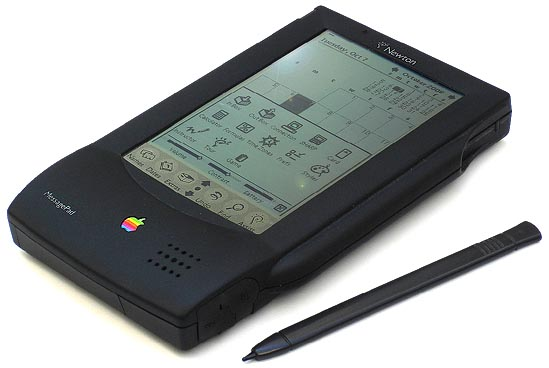
Newton was definitely way ahead of its time. However, it still failed as a product for a variety of reasons, including:
- Price: You had to be Kardashian-level rich to afford a Newton as its retail price was a whopping $2,495 back in 1993—that's like $5,250 today!
- Technological limitations: Newton's handwriting recognition feature was impressive on paper, but it was terrible in real life. Moreover, the device had short battery life and terrible performance.
- Unclear marketing: Apple’s marketing team relied on handwriting recognition to sell the product, and it ultimately crashed and burned. There was no clear buyer persona or use case for Newton.
Considering all of these shortcomings, Apple decided to discontinue it in the late ’90s.
Lesson Learned: Sell a Use Case, Not a Shiny Gimmick
Yes, Newton was impressive, especially with its touchscreen and handwriting recognition. Yes, a lot of (wealthy) people bought it just because it looked really cool. But the lesson learned here is that you cannot build a successful product and sell it in mass just because it’s cool.
A successful product must address its users' pain points or jobs-to-be-done. Product teams use specialized tools and spend months to understand the needs of their users in order to build something that people will buy.
In reality, people don’t buy your product—they buy the solution to a need.
Failure #2: Microsoft Zune
You definitely remember the era of iPods right? High school and college campuses were full of students walking with their white earbuds on and doing subtle dance moves in sync with the song that their iPod was playing.
But do you remember Zune? You either don’t recognize it at all, or you think of it as a synonym for "lame."
Zune was a digital media player that Microsoft launched in a desperate bid to fight the iPod craze that took over the world in the early 2000s. Here’s what it looked like.
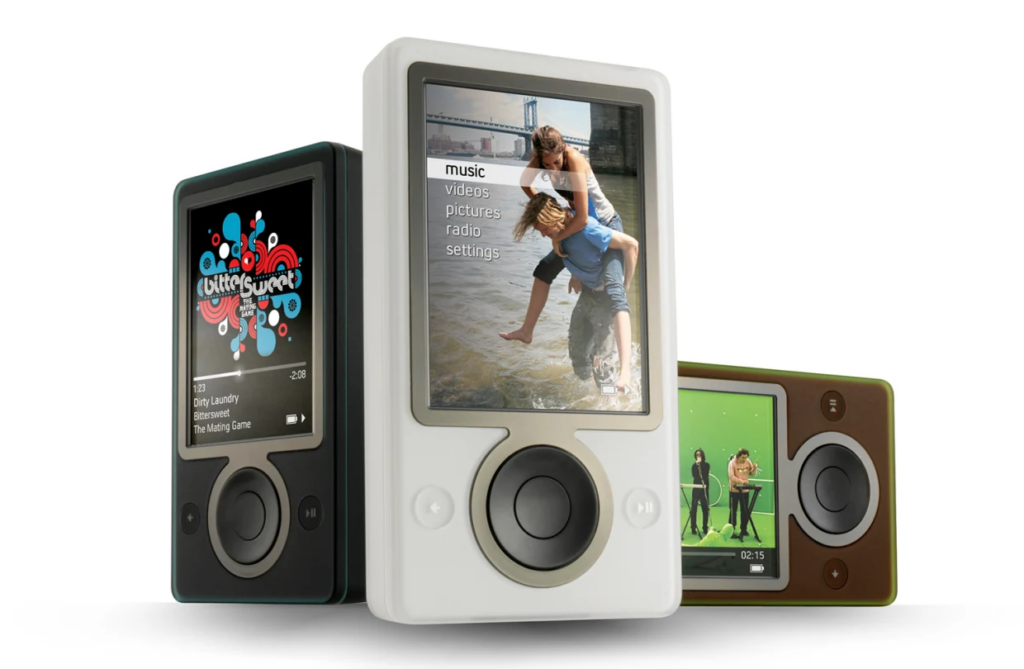
Honestly, I like its design. Feature-wise, Zune was not terrible either. You could play your songs, listen to the radio, watch videos, etc. Despite all of this, however, Zune had significant shortcomings as a product, including:
- Late entry: When Zune entered the market, iPod was already an established player there with a loyal customer base, significant market share, and an established brand.
- Terrible ecosystem: iPods could seamlessly integrate with iTunes and MacOS. iTunes, in its turn, was the dominant music platform with a massive library of songs and other types of content. Zune lacked all of this.
- Little differentiation: In terms of its features and the use cases it covered, Zune was nearly identical to iPod. This created a competitive disadvantage for Zune, as new users would choose the iPod thanks to its established brand and superior ecosystem.
Microsoft did its best to keep Zune afloat for a couple of years, spending an exorbitant amount of resources on marketing it. But it soon met its end in mid-2012 when Microsoft discontinued it.
Lesson Learned: Unique Value Proposition (UVP) is a Must
Zune did not have a proper unique value proposition. This meant that the market perceived it as a "bargain basement" version of the iPod.
UVP is one of the critical learnings you get when validating your startup idea. It is something that differentiates you from everybody else in the market. Google Chrome, for instance, is fast. Brave, on the other hand, is all about respecting your privacy.
No matter what it is, you need to make sure that people recognize you as a product that does your UVP better than anybody else in the market.
Failure #3: Google Glass
I wish you could have seen my fascination when I first saw the demo video of Google Glass. It seemed like something out of this world and reminded me of a sci-fi movie gadget that had come alive.
Google Glass was a pair of glasses with an integrated augmented reality screen that gave us a brand-new user interface to interact with.
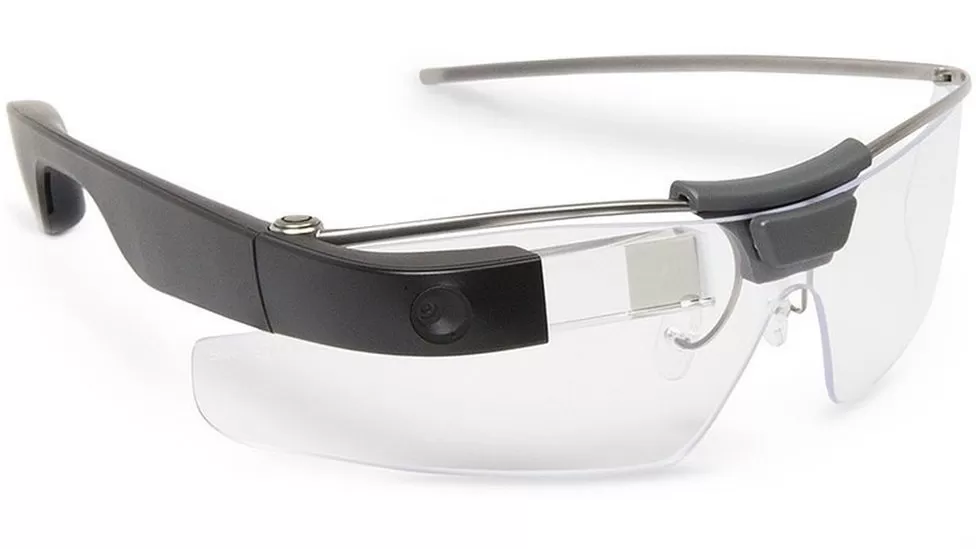
I’m pretty sure that I was not the only person that thought that smart glasses were the future when Google unveiled this product. However, Google Glass did not live up to the hype and came with a wide variety of problems, such as:
- Price: You had to pay around $1,500 for your own pair of Google Glasses, limiting the target market of the product to only high-income tech enthusiasts.
- Social acceptance: There was a social stigma to wearing Google Glass—to be blunt, people kind of assumed you were some kind of perv. This was because you could take photos and videos with your smart glasses without the person in front of you knowing about it.
- Design and UX: Google Glass was pretty bulky. People were used to wearing lightweight glasses, and having something heavier like Google Glass felt inconvenient.
To nobody’s surprise, Google Glass was a flop and the tech giant had to drop it.
Lesson Learned: Design Revolutionary Products with Social Acceptance In Mind
One of the big problems of bringing something completely revolutionary to the market is that people are not familiar with the new way of doing things (e.g. driving a car when there are horse carriages around).
This means that there is a risk of your users looking and feeling socially awkward by using your products. In the case of Google Glass, the company could have potentially avoided the social acceptance issue if it had found a solution to the privacy concerns related to wearing smart glasses.
Failure #4: Samsung Galaxy Note 7
Samsung’s Galaxy Note is the smartphone of choice in my family and both my wife and I have used different models from this series as our daily drivers. Samsung definitely deserves kudos for bringing such great smartphones to market.
One of the models in this series, however, was a massive failure. We all remember the Galaxy Note 7.
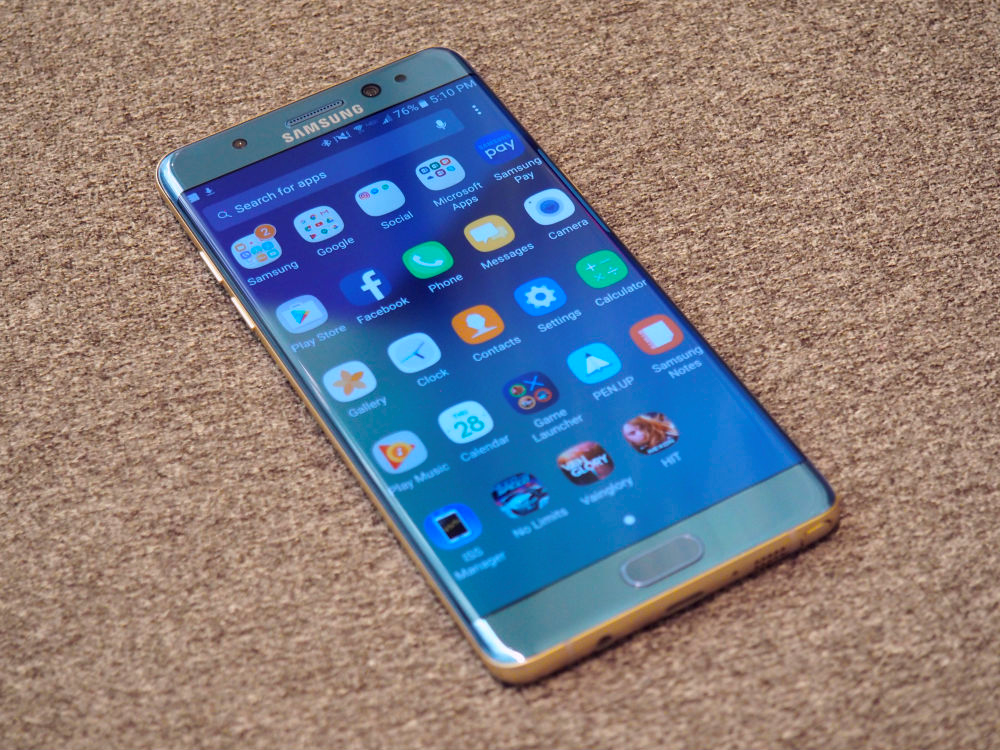
And the reason we remember this particular model is the terrible technical issue it had with its batteries. Due to a series of technological, safety, and quality assurance shortcomings, the batteries would catch fire and turn your phone into a portable inferno.
This resulted in a PR nightmare during which multiple people sustained burns and other types of injuries and airlines decided to ban people from bringing the device aboard their planes.
Another major shortcoming that Samsung had was the slow response to this crisis. By the time they acknowledged the true size of the problem and started working on a fix, the reputation of both Samsung and the Galaxy Note series was ruined.
In fact, Reuters estimated that the total financial loss from this fiasco was around $17 billion.
Lesson Learned: Neglecting Safety and Security Will Ruin Your Reputation
Recovering from a brand reputation loss is exceptionally hard. If we look at the situation from a purely financial standpoint, it is an order of magnitude cheaper to invest in world-class safety and security than to cover the losses that you can incur from a ruined reputation.
But, more importantly, the safety, security, and overall well-being of your customers should always be your top priority.
Failure #5: Amazon Fire Phone
Let’s continue with the topic of smartphones and remember the era when everyone was trying to enter the market with whatever product they could. One of the prominent “meh” products here was the Amazon Fire Phone.
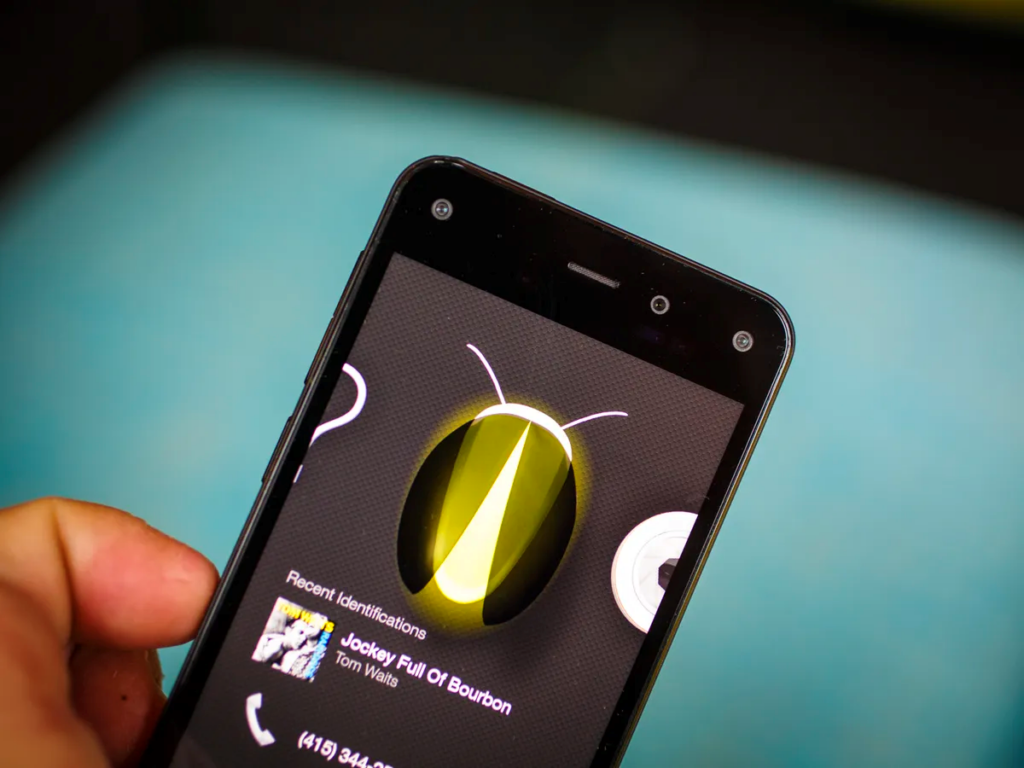
By using this phone, you could clearly tell that Amazon just wanted to enter the smartphone market for the sake of entering it and did not bother at all to create a good product that customers would want.
Their product differentiator was the Fire Phone’s integration with Amazon’s ecosystem which was mostly about buying items from their eCommerce platform. Apart from shopping integration, Amazon’s ecosystem was falling behind Android and Apple in nearly every other arena.
Thus, the Fire Phone ended up failing miserably.
Lesson Learned: Ecosystem Matters
In the modern digital world, products do not live in an isolated bubble. To cover a specific use case, customers will usually use several products in unison. For instance, listening to music will involve using a smartphone, a streaming app, a pair of Bluetooth earbuds, etc.
The most important aspect here is that customers will prefer the products and solutions that let them cover their use case with a seamless user experience. In the case of Apple, you have the AirPods that connect to your iPhone seamlessly and let you listen to your songs on Apple Music.
Your takeaway from the failure of the Fire Phone is that you will need to either create your own ecosystem that is as good (or better) as your competition or ensure that your products seamlessly integrate into one of the existing dominant ecosystems.
Failure #6: HP Touchpad
The early 2010s were not only about everybody trying to develop their own smartphone. Apple had introduced yet another product category with everybody else trying to enter it.
It was the dawn of tablets and everyone struggled to make something as good as the iPad. HP was part of this struggle too and they were trying to enter the tablet market with their HP Touchpad.
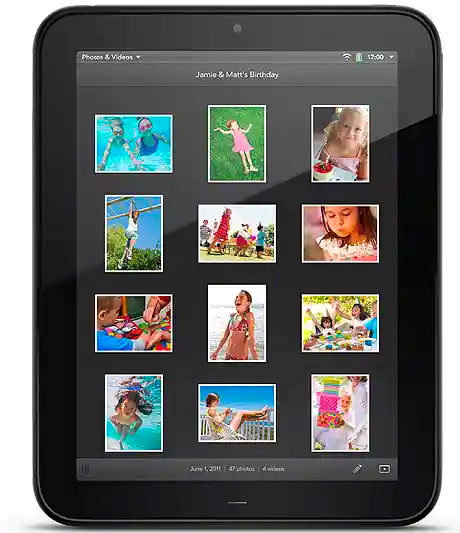
I would not call the Touchpad a bad product (unlike the Fire Phone). It had a decent set of features and acceptable UX. But, this tablet did come with a series of shortcomings, including:
- Weak app store: HP struggled to attract app developers to its webOS operating system and ended up with an app library that was just too small.
- Weak performance: Unlike the iPad (and in fact, any Apple product), HP Touchpad was a total slouch with lackluster performance, load times, and frame rates.
- Price tag: HP Touchpad had a price similar to the iPad. Its price-performance ratio, however, was significantly lower than its Apple counterpart.
There were also problems with positioning and marketing this product, and the combination of all these issues resulted in HP discontinuing the Touchpad during its first year of existence, a mere 49 days after its product launch event. (Ouch.)
Lesson Learned: 3rd-Party Content-Dependent Products Need Great 3rd-Party Content
If the value of your product is in the content that other people or companies create for it, then you need to make sure that you treat these creators well and give them the proper incentives to make content for you.
When Microsoft was developing Xbox, they made sure that it supported DirectX, and porting PC games to Xbox was super easy. It gave them a competitive advantage over PlayStation, as many PC game developers selected Xbox over Playstation as the platform they wanted to port their games to.
With a lot of great games on the platform, players soon started choosing Xbox over the Playstation and the product became an instant hit.
Honorable Mentions: Nintendo Virtual Boy and Sony Betamax
Both PlayStation and Xbox were quite successful as video game consoles. But not all of the products in that market shared the same fate. Nintendo, for instance, miserably failed with its Virtual Boy.
It was Nintendo’s attempt to introduce virtual reality (VR) to gaming, which failed because the technology of the mid-1990s was not developed enough to create a proper gaming UX.
The second honorable mention is Sony Betamax—the loser of the 1970s format wars. JVC’s VHS was the winner in this case as it was able to understand the market better and tailor its product to user needs.
Bonus Reading Materials: Non-Tech Product Fails
As you might have guessed, it is not only the digital products that fail. Just for fun, here's a list of failed non-tech products that you can read about too:
- Coca-Cola New Coke
- McDonald’s Arch Deluxe
- Cosmopolitan Yogurt
- Cheetos Lip Balm
- Pepsico Crystal Pepsi
It’s Okay To Fail
As you have seen from the list above, some of the biggest fail stories were about tech giants that have had many massive successes with other products they've brought to market. The problem is that you never really know if your product will be an instant hit or fail miserably—as they say, you don't know what you don't know.
Therefore, the best approach is to build products, launch them, discontinue those that do not perform well, and continue investing in those that live up to your expectations.
If you had fun reading this, make sure to subscribe to the Product Manager newsletter to receive more curated content to your inbox!

